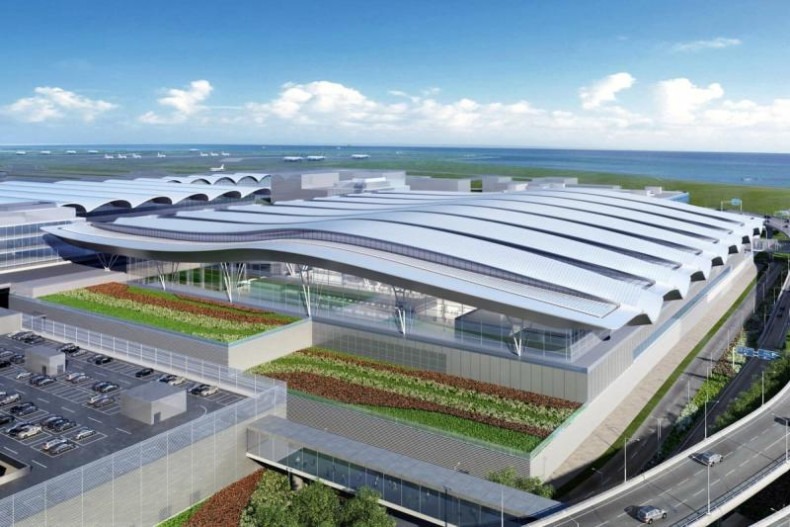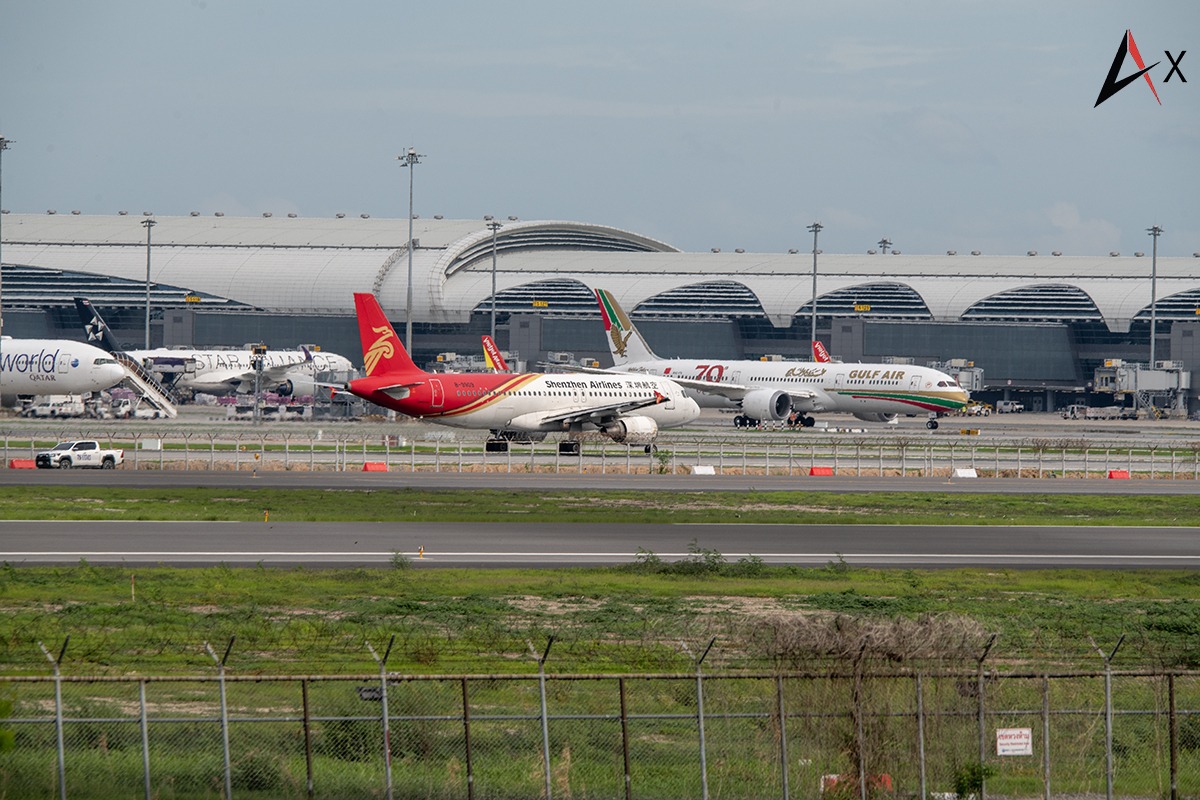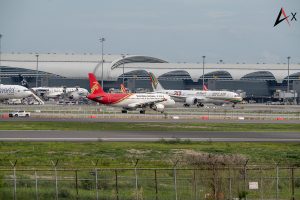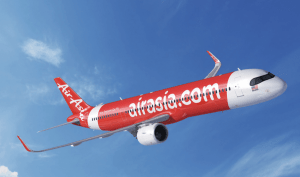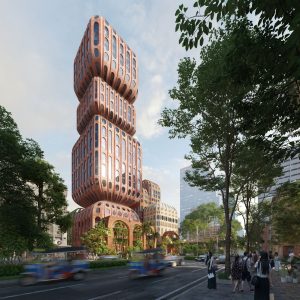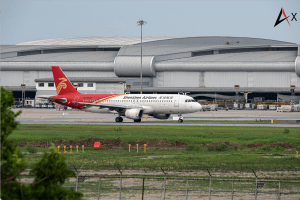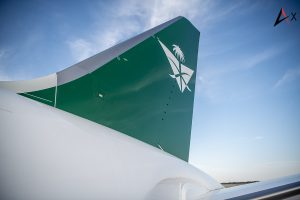Hong Kong International Airport’s new second terminal is set to open gradually starting September, beginning with the launch of a dedicated coach hall, as part of the city’s strategy to strengthen its status as a global aviation hub.
The Airport Authority announced on Monday that the initial phase will feature the opening of the coach hall—a covered area with 41 parking spaces for limousines, tour buses, and resident and cross-boundary vehicles. This move consolidates all such services under one roof.
Vivian Cheung Kar-fay, the authority’s CEO, stated that airlines like Hong Kong Airlines and HK Express will be relocated to Terminal 2 in March next year. Check-in and departure services are scheduled to be introduced in the early second quarter of 2026, with the terminal’s concourse and new arrival services anticipated to be operational by 2027.
Cheung explained that Terminal 2 will mainly serve airlines operating routes to regional and point-to-point destinations. Airlines will operate exclusively from either Terminal 1 or Terminal 2, but not both.
This development is part of Hong Kong Airport’s HK$141.5 billion (about 560 billion baht) expansion project initiated in 2016, which also included a new third runway and an overhaul of Terminal 2. The three-runway system and expanded facilities are regarded as pivotal to elevating Hong Kong’s position as an international aviation hub.
Steven Yiu Siu-chung, the airport’s executive director for operations, noted that the coach hall is scheduled to open on September 23, just before the Chinese National Day holiday. He highlighted that this will improve traveler convenience, especially during rainy days, by providing shelter for coaches and limousines, with ticketing counters and boarding points for cross-boundary coaches and limousines being relocated to the new site from Terminal 1 and Car Park 4.
The project also encompasses the future opening of a retail and entertainment complex called 11 Skies, developed by New World Development. A third of the mall’s spaces are expected to open by mid-2026 as part of contractual commitments. Cheung described the mall as a “theme park” experience aimed at families and visitors, especially from the Greater Bay Area, emphasizing Hong Kong’s focus on offering unique experiences rather than price competition with Shenzhen. She acknowledged some recent issues with the developer’s internal challenges, which have affected the mall’s progress.
Cheung estimated that eventually, about 10 to 20 airlines will operate out of the new terminal. The division of airlines will be based on the type of routes: long-haul and morning departure flights will predominantly operate from Terminal 1, while regional and short-haul flights will be based in Terminal 2.
Cathay Pacific and its partner airlines are expected to remain primarily in Terminal 1, given their focus on long-haul and flagship operations. Cheung urged airlines, especially Cathay, to increase their flight offerings and encouraged foreign carriers to utilize the expanded capacity resulting from the three-runway system’s launch last year.
The timing of Terminal 2’s phased opening depends on passenger traffic levels. Last year, Hong Kong handled 53.1 million passengers—an increase of 34.3% from 2023 but still only 71% of pre-pandemic 2018 figures. Cathay’s passenger count was nearly 22.82 million, representing about 43% of total airport traffic. Including HK Express, the Cathay group’s total reached 28 million passengers, or 52.7% of overall traffic.
Cheung emphasized that the airport’s capacity utilization is a crucial factor for opening Terminal 2 and stated that Cathay should aim to double its passenger volume to fully leverage the new terminal’s capabilities.
